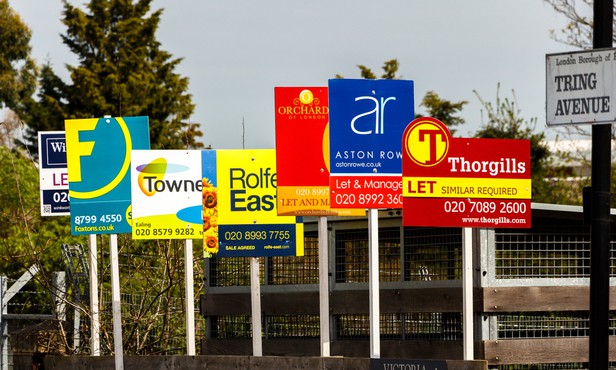
Jane Simpson is managing director of TBMC
There has been plenty of positive movement in the buy-to-let (BTL) sector in recent months, which has been supported by numerous reports and surveys from different corners of the market.
Moneyfacts reported in late May that average buy-to-let mortgage rates have been on a downward trajectory and reached some of the lowest pricing since the beginning of the year.
It calculated that the average 2-year fixed rate across all loan-to-values (LTVs) was 2.95%, compared with 3.05% in March. So far this year, only January 2021 had a lower average, at 2.89%.
Clearly, an average calculation does not show all price movements, and some higher LTV products have increased, whereas the lowest 2-year fixed rate available via TBMC at the time of writing is 1.19%.
What it does show, though, is that there is healthy competition in the market, and that lenders are constantly tweaking their product ranges to meet customer demand.
There has also been news from Hamptons of a rise in rents, which may bode well for landlords. In its latest Lettings Index for April 2021, average rents rose by 5.9% in Great Britain, which was the fastest growth since January 2015.
Paragon Bank also reported that, during the first quarter of 2021, average rental yields across England and Wales were at 6%, up from 5.3% in Q1 2020.
This is encouraging news for potential property investors looking at the prospects for BTL, although the Lettings Index did show considerable regional variations, suggesting that landlords should investigate rent expectations and tenant demand for the particular area they are looking to purchase property. The highest rental yields recorded in the Paragon Bank survey were in the South West (6.7%) and the North East (6.6%).
Not only are there positive signs in the buy-to-let sector for landlords, but it appears that intermediaries are also starting the feel more confident in the market. According to Paragon’s recent quarterly Financial Adviser Confidence Tracker, half of intermediaries polled expect to write more buy-to-let mortgage business during the coming year than in the past year, which is the highest level of confidence found since 2014.
It seems that the appetite of lenders is also strong, not only with competitive pricing being evident, but also with the development of new product propositions and improving criteria.
The specialist BTL sector is certainly in a good state, with a wide selection of providers available for complex cases, such as houses in multiple occupation (HMOs), multi-unit blocks (MUBs), semi-commercial and limited company applications.
More niche lending areas, such as holiday lets, are also improving, with Interbay recently joining other lenders in this arena.
Other good signs for brokers and their landlord clients include the return of the Precise top slicing proposition, which allows applicants to use surplus portfolio rental income or earned disposable income to support their affordability assessment.
It is encouraging to see growing optimism across this dynamic sector, and it’s not unreasonable to expect some growth in lending in 2021, as key drivers such as tenant demand, strong rents and the availability of finance, continue to support the private rental sector in the UK.



